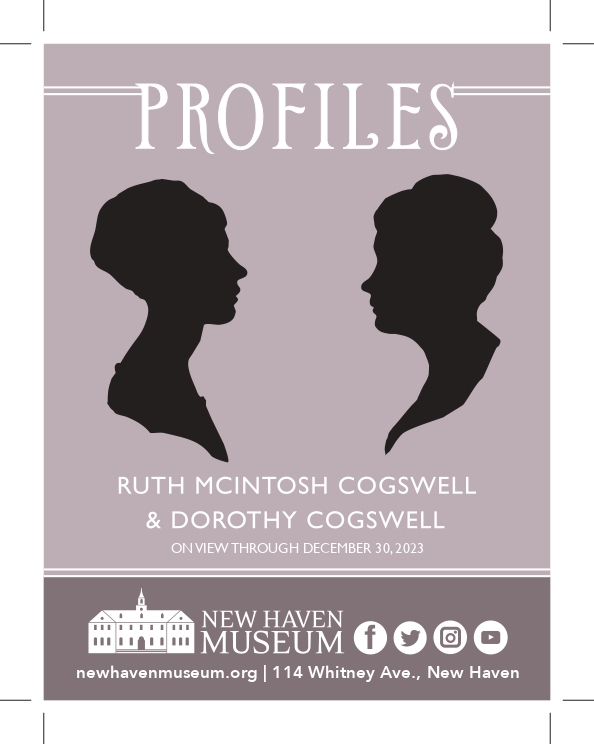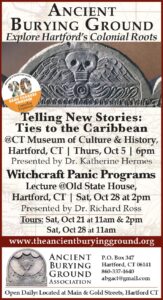By Kathy Hermes
The law is never as far removed from our lives as we may think. Almost every day, in addition to making (mostly unenforceable) promises, we sign contracts, use trademarked products, gossip, and post our opinions on social media in which we may (wittingly or unwittingly) libel people. We probably have committed more than a few traffic infractions, most of which went unnoticed by law enforcement. We might be the executor of an estate or a party to a divorce. The law is a daily presence in our lives in small ways, and sometimes it looms in significant ways.
In this issue of Connecticut Explored, we are as much interested in legalities as we are in the law itself, and in “jurispractice” even more than in jurisprudence. “Jurispractice” is a word I coined and first published in “‘Justice Will Be Done Us’: Algonquian Demands for Reciprocity in the Courts of European Settlers,” The Many Legalities of Early America (University of North Carolina Press, 2001, edited by Christopher Tomlins and Bruce Mann), to describe what ordinary people think about law, justice, and legality—a mentality more than a philosophy of law. People act on what they believe the law to be and sometimes on what they want it to be, whether lawyers, judges, and law professors agree with them. In court, lawyers and judges can bend people’s jurispractice to the law as legislatures and courts have defined it. Still, jurispractice guides most people’s behavior when confronting legal situations in everyday life .
I first used the concept of “jurispractice” concerning the Indigenous people of New England as I tried to uncover their beliefs about law and justice absent the existence of formal legal writings. That understanding of legal history helped shape my understanding of the legal past and present of Indigenous and non-Indigenous societies. The idea has been embraced and expanded by legal historians writing much farther afield than North America, such as Max Oidtmann in “A ‘Dog-eat-dog’ World: Qing Jurispractices and the Legal Inscription of Piety in Amdo,” Extrême-Orient Extrême-Occident 40 (2016): 151-182.
In this issue we look at cases in which the specter of witchcraft is raised and in which racial and gender hierarchies are revealed. We see the collision of law and society. To borrow the words Tomlins used in his introduction to The Many Legalities, in this issue of Connecticut Explored “we will discover law’s murkiness and its ambiguities.”
You will notice this issue is longer than most. When our writers submitted their first drafts, in an effort to meet word limits, most had cut back stories so they could fit in “the law.” But we pride ourselves on telling “one good story after another,” so we asked them to give us the stories in more detail. I think you will find this an issue full of colorful tales as well as excellent legal history.
 And in case you are concerned about the amount of paper and ink used to produce this issue, I am happy to tell you that in a tour of A.M. Litho, which prints our magazine, we learned that the paper manufacturing process is environmentally conscious, and the ink they use is soy-based. The paper is Forest Stewardship Council (FSC) certified stock!
And in case you are concerned about the amount of paper and ink used to produce this issue, I am happy to tell you that in a tour of A.M. Litho, which prints our magazine, we learned that the paper manufacturing process is environmentally conscious, and the ink they use is soy-based. The paper is Forest Stewardship Council (FSC) certified stock!




